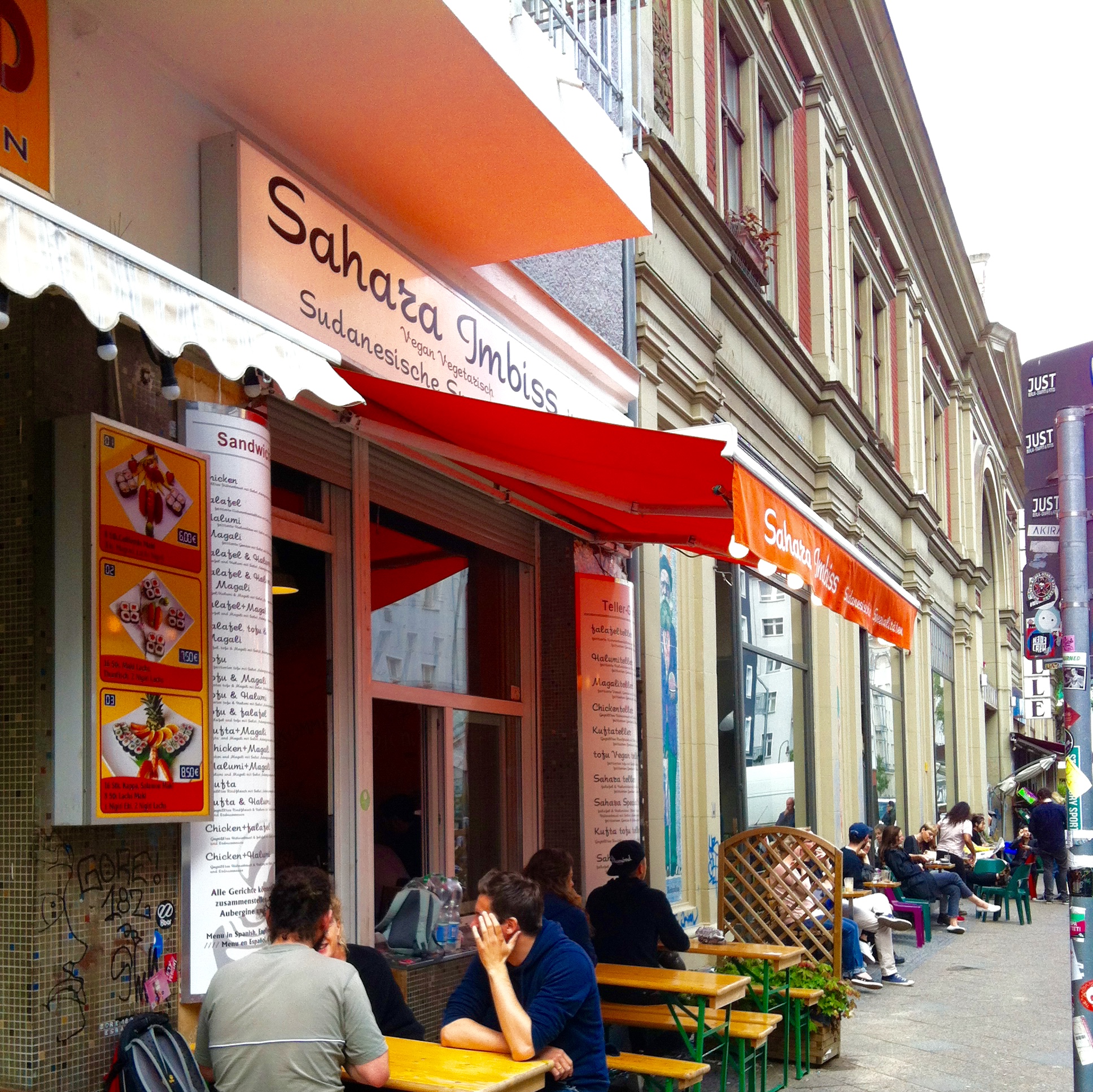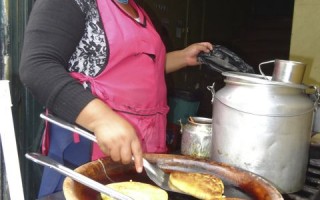
If there is anything to take advantage of in Berlin, besides exploring its rich history and plethora of museums, it would definitely be the food culture. Berlin is a diverse city with residents from all over the world, which creates a very unique opportunity to have all of these culinary traditions at your fingertips. I […]

In my opinion, there is nothing to do in Naples except eat! Surely, its a historic city with lots of UNESCO world heritage sites and beautiful views, but the sole reason to come here is for the food. Naples is the birthplace of pizza and many other dishes. It is the former capital of Italy […]

Over the years, I have heard two opposite words of travel wisdom – “Avoid street food” and “Must try the street food.” Even so, I don’t feel conflicted. Street food is a cultural experience in itself. It gives one a chance to learn about everyday life, what people eat when they are rushing from home […]

Ecuadorians like to eat all the time. They don’t follow strict rules about it either. There are no set breakfast, lunch or dinner hours, and most locals eat when they are hungry, which seems to be all day long. If you stroll through Old Quito during the hours of 10am and 4pm, you will see […]